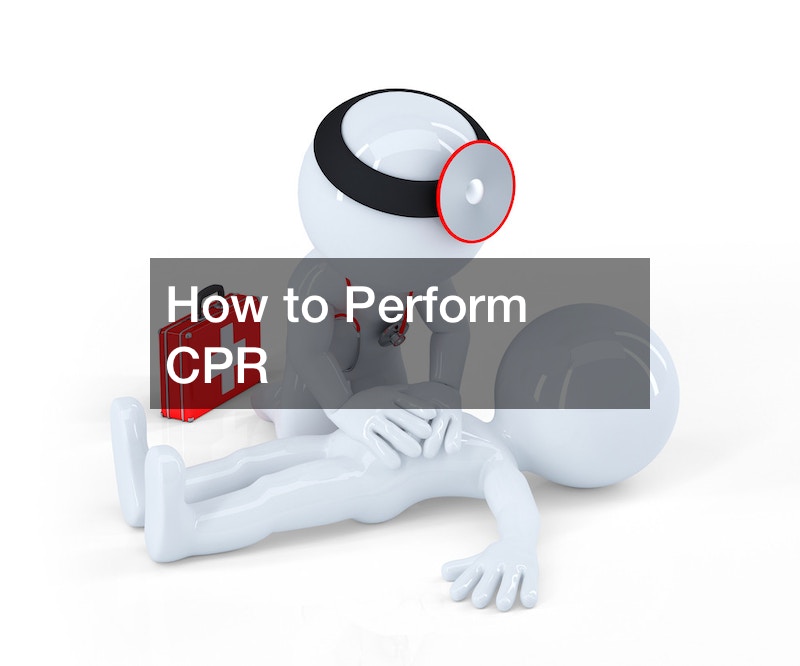Performing cardiopulmonary resuscitation (CPR) is a crucial skill that can make a life-saving difference in emergencies. While the process may seem daunting, understanding the basics empowers individuals to take prompt action and potentially save a life. The YouTube video shows viewers what they must know about a CPR refresher course.
Assessing the Situation
The first step in performing CPR is to assess the situation for safety. Ensure that the environment is secure for you and the person in need.
Check for responsiveness by tapping the person and asking loudly, “Are you okay?” If there is no response, immediately call for emergency assistance before proceeding with CPR.
Applying Chest Compressions and Rescue Breaths:
Once you’ve assessed the situation and called for help, initiate chest compressions. Place the heel of one hand on the center of the person’s chest, interlock the fingers, and position yourself directly over the chest. Perform chest compressions by pressing hard and fast at about 100–120 compressions per minute. After 30 compressions, provide two rescue breaths by tilting the person’s head slightly, pinching their nose, and giving two full breaths.
Remember, CPR’s goal is to maintain blood flow to vital organs until professional help arrives. By being familiar with the basics of CPR and acting promptly in emergencies, you contribute to the chain of survival and increase the chances of a positive outcome.
.


